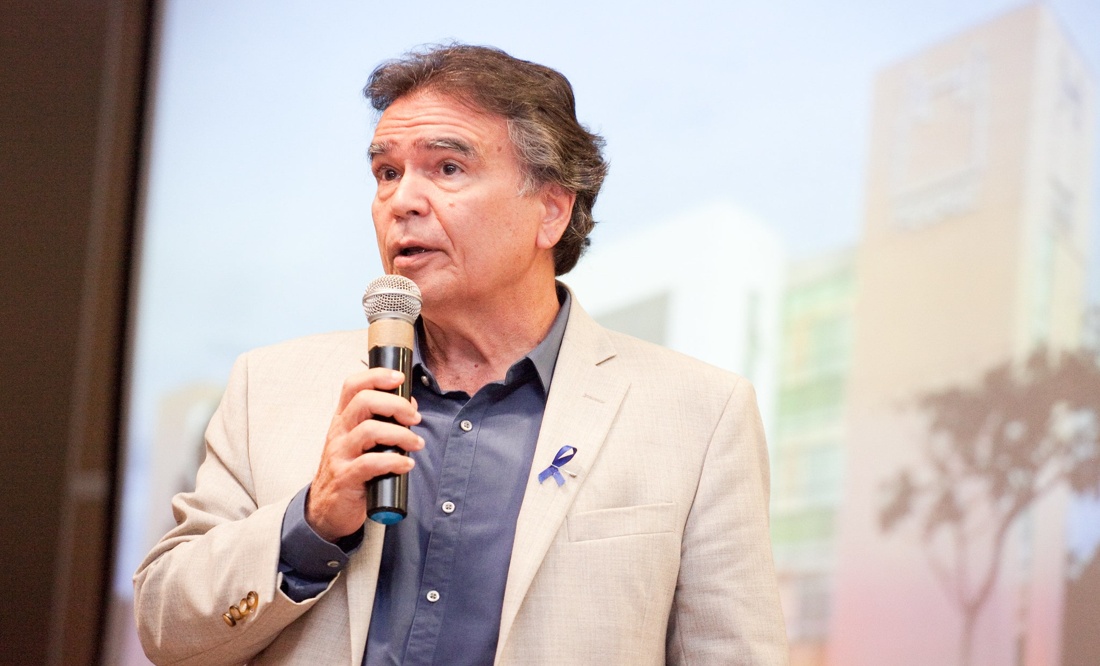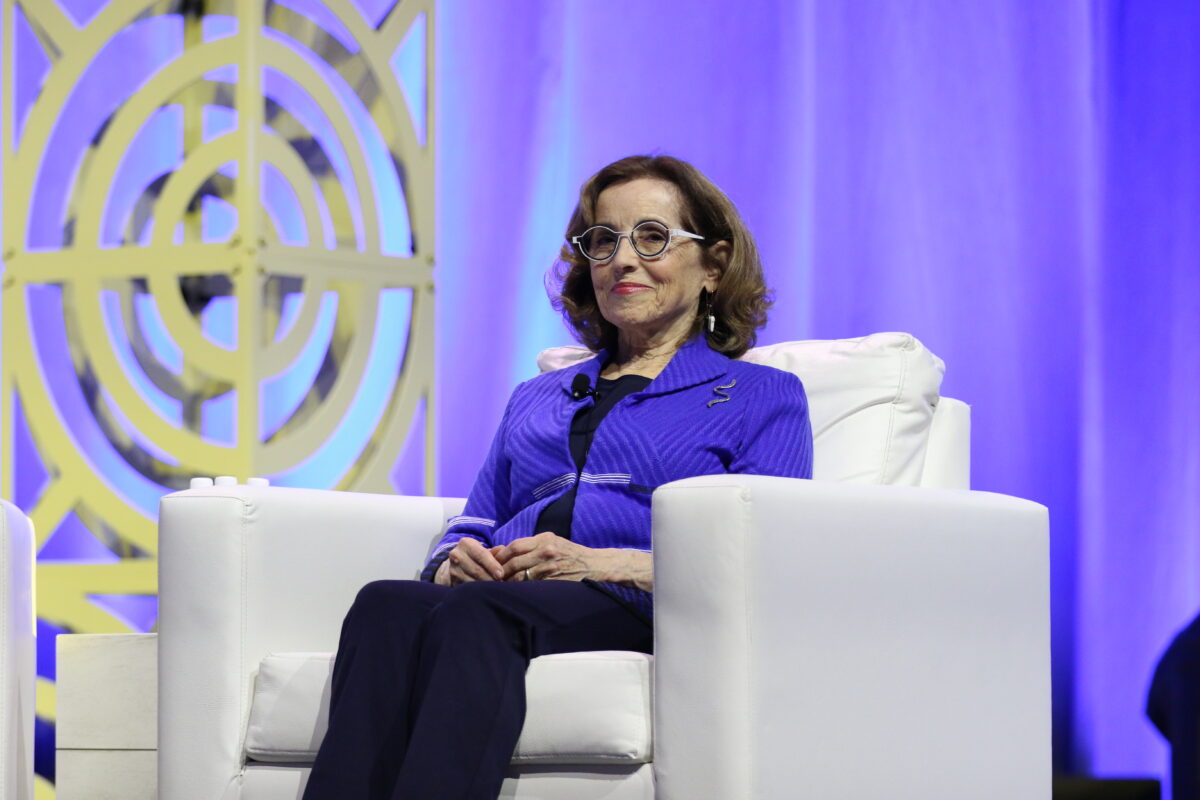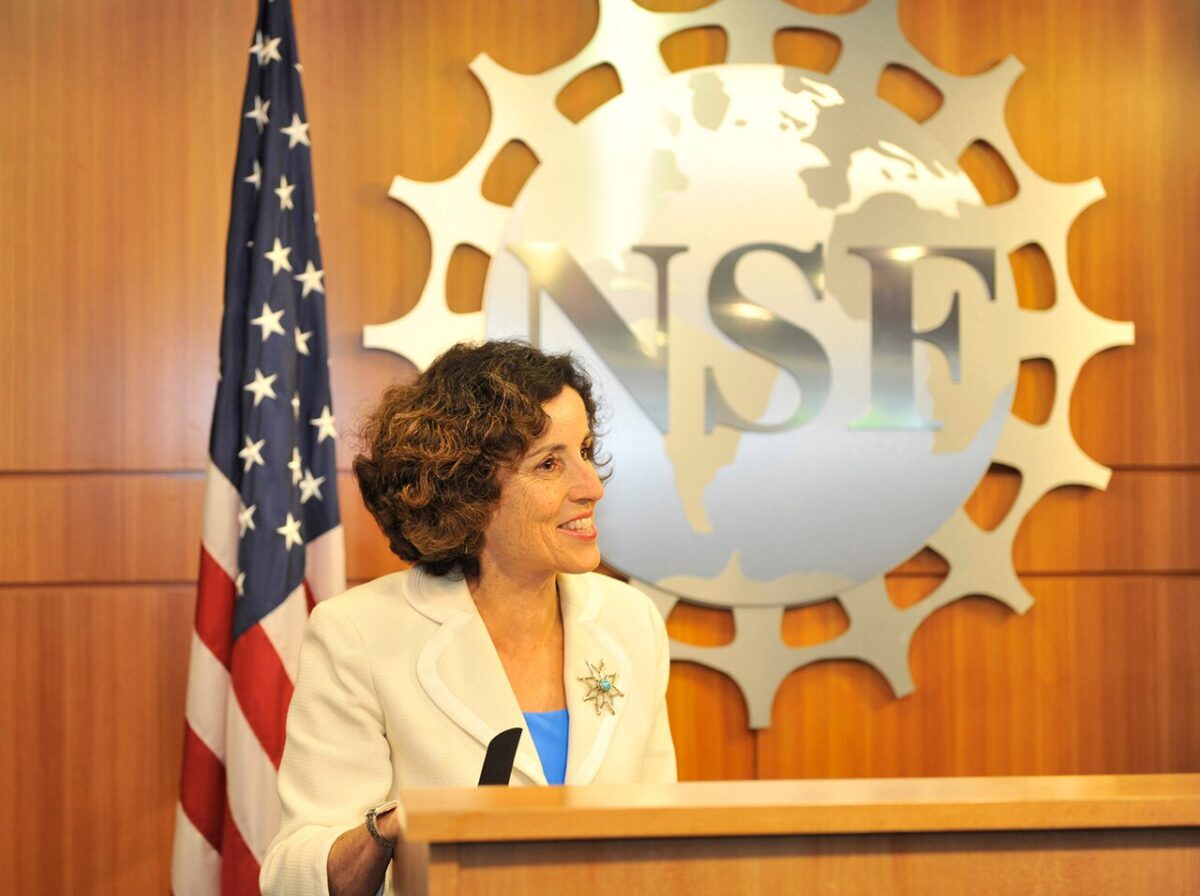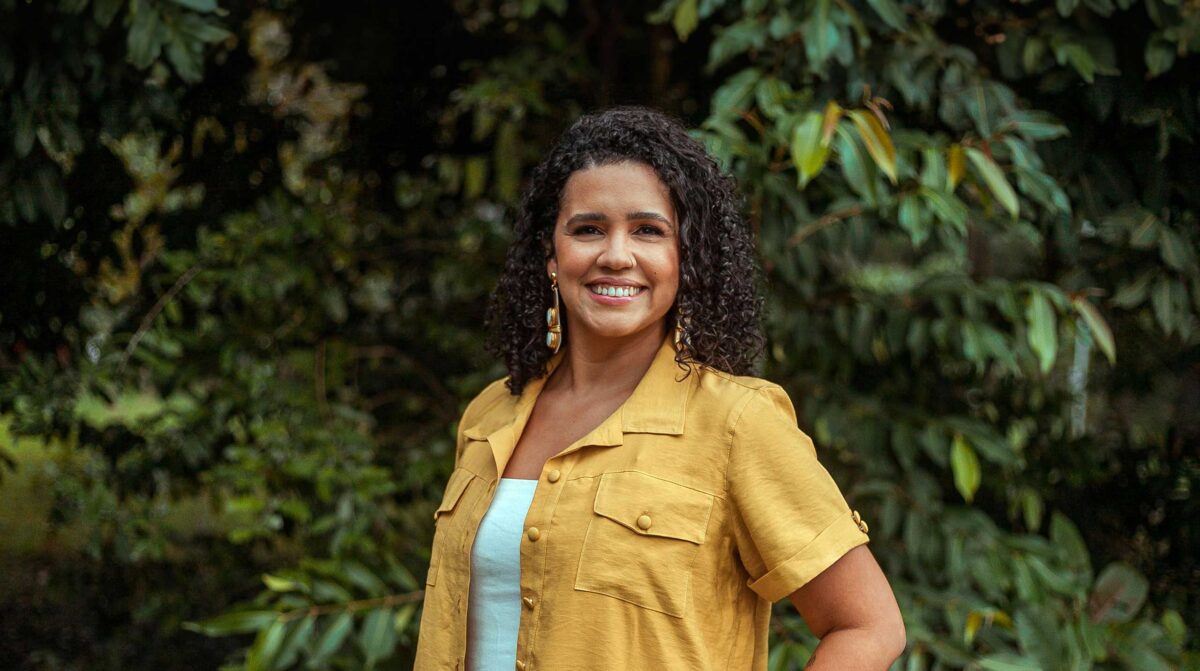 #Interviews
#Interviews
“Philanthropy plays a crucial role in supporting science”
Philanthropic organizations set to play a growing role as budgets are cut, says France Córdova, former director of the NSF
 Astrophysicist France Córdova, president of the Science Philanthropy Alliance: “We hope that underfunded research will find alternative sources of funding, even if it doesn't come from the government” | Image: Science Philanthropy Alliance
Astrophysicist France Córdova, president of the Science Philanthropy Alliance: “We hope that underfunded research will find alternative sources of funding, even if it doesn't come from the government” | Image: Science Philanthropy Alliance
Research funding in the USA has undergone significant transformations in recent decades. This includes a marked increase in the participation of philanthropic organizations and individual donors in the country’s science and technology funding system, according to an editorial published in the journal Proceedings of the National Academy of Sciences (PNAS) at the end of 2024.
While federal funding for basic research in the US fell from 75% to 50% of total funding between 1960 and 2021, contributions from philanthropy jumped from 20% to roughly 40% over the same period, according to the Science Philanthropy Indicators 2023 report.
At a time when science is underfunded and public agencies are losing freedoms, philanthropy could play an even greater role, astrophysicist France Córdova, president of the Science Philanthropy Alliance, a nonprofit organization formed of 40 philanthropic entities that fund research, told Science Arena. Members of the alliance include the Simons Foundation, the Gates Foundation, and the Wellcome Trust.
“If funding for infectious diseases and climate change decreases, I am confident that philanthropists committed to these causes will step up to meet the challenge,” Córdova said via video call in early January, as wildfires raged in California (and just before Donald Trump’s inauguration).
The researcher speaks from experience as someone who is deeply familiar with the intricacies of US science policy. Córdova was formerly chief scientist at NASA and directed the National Science Foundation (NSF), the USA’s leading funding agency for basic science, from 2014 to 2020.
In Trump’s new term, the NSF has been forced to suspend grant payments, stop reviewing new research proposals, and dismiss dozens of employees. “There has never been a more critical time for scientific work, given the numerous global challenges we face,” Córdova says.
Science Arena – In a 2022 editorial in the Science magazine, you reported that philanthropy accounts for 42% of the funding for basic science at US research institutions. To what extent is philanthropy willing to support high-risk research projects?
France Córdova – Philanthropy is willing to fund high-risk projects to a considerable extent because it wants to make a difference and impact. And many philanthropies were started by people who took risks – the people that created railroads, cars, airplanes, software, and all sorts of technologies that have benefited society.
These people didn’t achieve their wealth by being cautious. Instead, they took risks, faced failures, and experienced successes. Ultimately, they felt a desire to give back, and many started foundations.
Our country has excellent tax laws for foundations, too, that are very beneficial for the recipients of philanthropy and the philanthropists themselves.
U.S. philanthropy traces its roots to the 19th century. Today, with the emergence of new wealth, philanthropic giving is on the rise.
As older generations pass on their fortunes to their children, these heirs often seek to make a positive impact in the world. Many of them are entrepreneurs themselves and are motivated to contribute to society.
There is an expectation that the new administration under President Donald Trump will implement budget cuts to research funding, especially in areas such as infectious diseases and climate change. Could philanthropic institutions feel pressured to fill any resulting gaps in science funding? What are your thoughts on this situation?
We don’t yet know for certain what research priorities and funding will look like under the new Trump Administration, and I think it’s best to avoid making assumptions. That said, philanthropists are quite generous in their support of climate change initiatives and the overall energy transition. This support is important because it helps to explore new energy sources, which ultimately can lead to a reduction in fossil fuel development and a positive impact on climate change.
In the realm of commercial fusion, venture capital invests significant amounts of money with the expectation of a return on investment. This sets it apart from philanthropy, which traditionally operates without such immediate financial motives.
In the fight against infectious diseases, a considerable amount of philanthropic funding has been allocated, as these diseases affect all of us—whether directly or through our families and friends. Philanthropists are often focused on addressing funding gaps in various areas, and there are numerous seminars and webinars dedicated to identifying these gaps.
We rely on experts to highlight which fields are underfunded. Therefore, if funding for infectious diseases and climate change decreases, I am confident that philanthropists committed to these causes will step up to meet the challenge.
We have observed a trend among billionaires, particularly those associated with Big Tech, who are aligning themselves with more conservative policies, including support for the Trump administration, which challenges many benefits of science. Does this pose a problem?
I view this situation as an opportunity for education. In government, we understand that Congress is constantly changing; new members are elected, some resign, and others retire. This ongoing turnover means that there are always new representatives we could inform about the importance of science and technology.
Additionally, Trump has nominated some excellent individuals to lead the Office of Science and Technology Policy (OSTP). I am familiar with several people from the last Trump Administration, having served as Director during the latter half of the Obama Administration and almost all of Trump’s Administration, as I had a six-year appointment.
There will be a lot of enthusiasm and funding for certain areas of science and technology, such as quantum science, artificial intelligence, and biotechnology. As always, Congress and the new leadership will carefully determine which projects they believe merit funding.
It’s important to note that not all fields of science and technology will receive funding. Some areas will be prioritized, particularly those that are perceived to enhance the country’s global competitiveness and dominate specific markets. That’s a typical role of national governments. However, there will also be important fields that may not receive as much attention or funding.
Our challenge will be to educate philanthropists, Congress, and the public about the significance of those lesser-funded areas of opportunity. We hope such areas will find alternative sources of funding, even if it doesn’t come from the government.

How crucial is this philanthropic model for the United States, and in what ways does science rely on it?
Governments have an obligation to use taxpayer money effectively, and businesses are under pressure to generate profit. Because it is free from these obligations, philanthropy often serves as the initial catalyst for new and untested projects. Philanthropy can also support the vital and costly process of collecting and analyzing data and ensuring that data reaches policymakers or other key decision makers. Once a project can demonstrate potential, it may then attract government or industry support. This is referred to as “de-risking,” as it helps to reduce the perceived risks associated with certain efforts and technologies.
Partnerships are another area where philanthropy plays an important role. This year, particularly with the VAST initiative, I anticipate a stronger emphasis on public-private partnerships and the specific role philanthropy can play. There are already promising initiatives in place, such as foundation-funded institutes that receive co-funding from the government.
I believe that if Brazilian leaders—scientific leaders, members of Congress, and industry leaders—examined successful philanthropic models and their results, it could lead to positive changes for Brazilian society.
We have made efforts to publish insights in various periodicals. For example, the “Issues in Science and Technology” journal produced by the National Academy includes many valuable articles on philanthropy and its successes. What is most essential is for leadership to come together, determine a course of action, and implement it.
Progress won’t happen overnight, but by leveraging resources from government, philanthropy, and industry, significant advancements can be made.
After many years working in government agencies in the United States, notably the six years you directed the National Science Foundation, what led you to join the Science Philanthropy Alliance?
The Science Philanthropy Alliance works with a number of science advisors who provide expert advice to philanthropists who are interested in supporting scientific research but want guidance on specific issue areas, approaches, or opportunities. I know many of these scientists, and when I finished my appointment as Director of the National Science Foundation, the Alliance asked me to join this advisor cohort.
It was a part-time role, and I agreed because it was the height of COVID-19, at the end of March 2020. I was going back home, and looking for new things to get involved with.
Had you been hired yet to lead the organization?
Not at this point. About a year later, the Alliance’s president decided to move on, and the board members who were familiar with me asked if we could have a discussion.
During our conversation, they expressed interest in my vision for the Alliance’s future and asked me to serve as the organization’s next president. That’s when I transitioned from being a consultant to an employee and the president of the Alliance.
Philanthropy plays a crucial role in the research ecosystem, and that’s what makes it fascinating. As philanthropic funding for science continues to increase, it now rivals government and industry spending on basic research. I find it exciting and challenging.
What efforts is the Science Philanthropy Alliance making to direct and finance research in anticipation of future pandemics?
That’s an important question. Governments often face challenges in addressing critical issues because their funding is allocated on a yearly basis. Elected officials serve terms that typically last two, four, or at most six years, so long-term planning is frequently not a priority.
This often places the responsibility on the private sector, which has greater capacity for long-term funding and sustainability, to focus on these important issues.
Interestingly, about 70% of philanthropic funding is directed toward health and medical sciences. This reflects a significant effort to advance research in this area.
For instance, the Chan Zuckerberg Initiative, founded by Mark Zuckerberg and his wife, Priscilla Chan, has been operational for seven or eight years and has invested billions of dollars in infectious disease research, mainly at universities and research institutions.
There is a strong recognition of the need for this kind of collaboration. I recently visited the Broad Institute, a joint initiative of MIT and Harvard, which is substantially supported by both philanthropic donations and government funds. They are very proactive in their infectious disease research.
Together, the combination of private and public funding will help maintain focus on these critical areas, and there will be developments that the public might not even be aware of. For instance, many people are not familiar with the history of mRNA research, which proved crucial for the rapid development of vaccines during the pandemic.
That research began long before the outbreak, paving the way for timely solutions that ultimately saved millions of lives. Nobel Prizes were awarded for various milestones along this research journey, which made it possible to respond quickly when it was most needed.
*
This article may be republished online under the CC-BY-NC-ND Creative Commons license.
The text must not be edited and the author(s) and source (Science Arena) must be credited.


